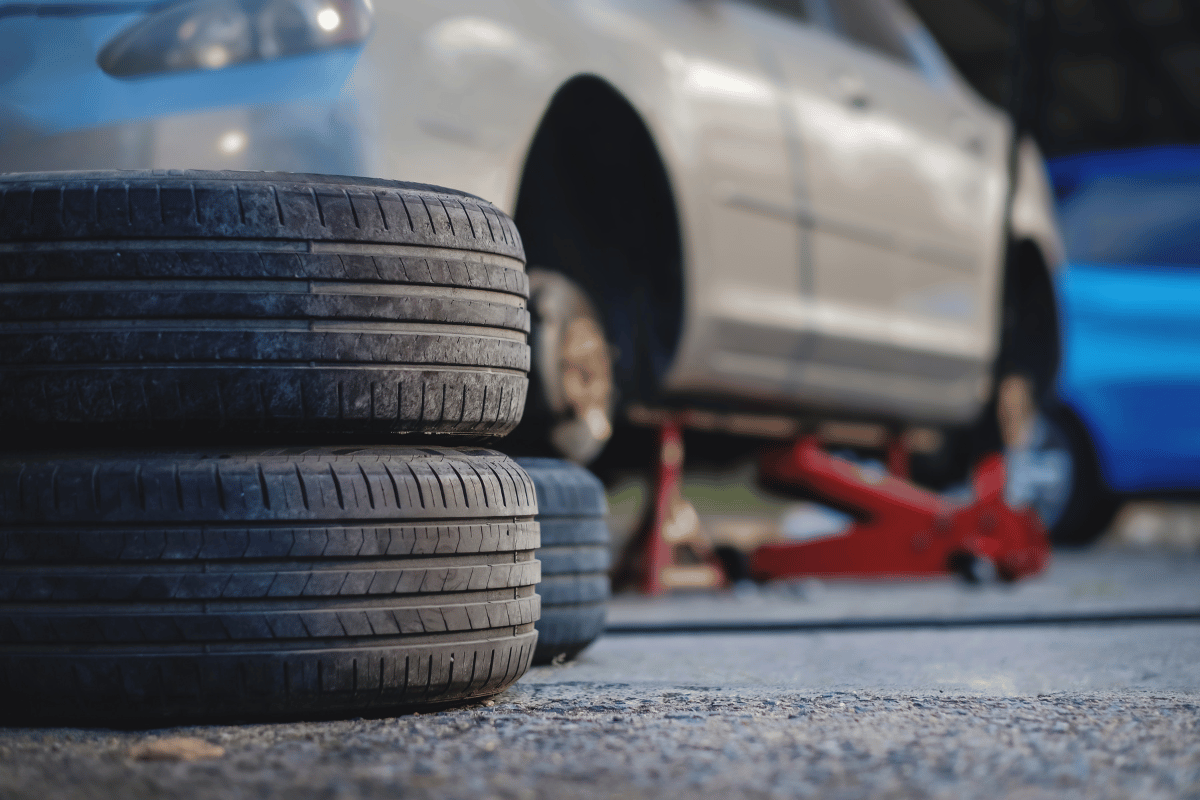A technician’s worst nightmare may be tubeless tires, yet not if you provide the required equipment. With tire spreaders, you can separate a tire’s beads and reveal the interior cavity for checking and repairing tires.
With tire spreaders, you can pull apart a tire’s beads to reveal the interior cavity, typically done when inspecting and repairing tires. Dealerships, fleet maintenance facilities, tire stores, and other automobile businesses can’t do without these products.
The four basic kinds of tire changers are manual, semi-automatic, entirely automated, and super-automatic (sometimes called robotic).
Maximum pressure of 150 psi (10.3 bar) is advised. WARNING! Before making any accessory changes, maintaining it, or doing any maintenance, remove the tire changer from the air supply.
Buy Garage Tools Online @ https://garageshop24x7.com/
A “donut tire,” a spare tire having a smaller diameter than a standard tire, is a standard feature in most automobiles—either a torque wrench or a lug wrench.
A tire blowout is one of the most terrifying things that can happen to you while driving. tire failure can result from impact damage, a sizable cut with quick air loss, or an undetected minor puncture that gradually permits the tire to lose air over time.1 A flat tire may seem overwhelming when driving, but there are five measures to switch to your spare tire and get residence (or to the closest tire shop) without further incident.
To assist in preventing a flat tire, learn how to Fill Your tires with Air.
Step 1: Find safety
You must stop or locate a location away from the busy road before you step out of your car. As you search for an area to stop the vehicle, keep your composure and be mindful of your surroundings. Driving over a few yards on a flat tire won’t hurt the metal rim, but safety comes first.2 Remember to activate your warning lights, turn off your vehicle, and engage your parking brake whenever you pull over to the other side of the road. Try to exit the car on the side away from traffic when you’re ready to examine the damage, and always keep an eye out for approaching vehicles.
Step 2: Gather Your Equipment
Find the tools to change the flat tire once you are in a secure location. The location of the tools should be specified in your owner’s manual. However, most are either on an SUV’s floor or in the luggage compartment with the spare. Included in a standard tire-changing kit should be the following:
1. An easy-lifting jack for the vehicle
2. A lug wrenches with a pry bar and a wrench on one end.
3. An extra tire to use instead of the flat tire
Before attempting to change to your spare tire, check your vehicle’s owner’s manual as some models may need extra equipment like wheels lock or extension bars.
Spare. It’s also crucial to remember that even though doing anything yourself may appear empowering, it’s a good idea to seek a qualified professional for assistance if you don’t feel safe changing your flat tire.
Step 3: Lift and Loosen
Remove any hubcaps or wheel covers you may have with caution. The nuts can be loosened using a lug wrench and socket, but they shouldn’t be removed yet. If the socket slides off the lug nut, stop rotating. Constant slippage could strip the nut, causing damage and making removal more challenging. Then, consult your owner’s manual to determine where to use the jack. The appropriate spot has been reinforced to prevent damage to the frame or underside of your car.
Step 4: Replace the tire
Disconnect the wheel nuts and drag the tire off the car, coming straight at you without losing sight of them. With your hands holding the spare tire still, mount it correctly and replace the lug nuts.
Step 5: Tighten and Lower
Reverse the car’s elevation using the jack. Use the tool to completely compress the lug nuts after all four tires are in contact with the ground. To keep the tire straight, make sure that you secure those nuts diagonally rather than in a circular pattern.
You must continue to buy a real replacement tire or have the tire fixed after its flat tire has been securely removed and substituted with a spare. Driving on the spare more frequently or for a longer period than the owner’s handbook advises could further harm your car.
By following these 5 Tips to Prevent a Flat tire, you can learn more about how to maintain the health of your tires.



